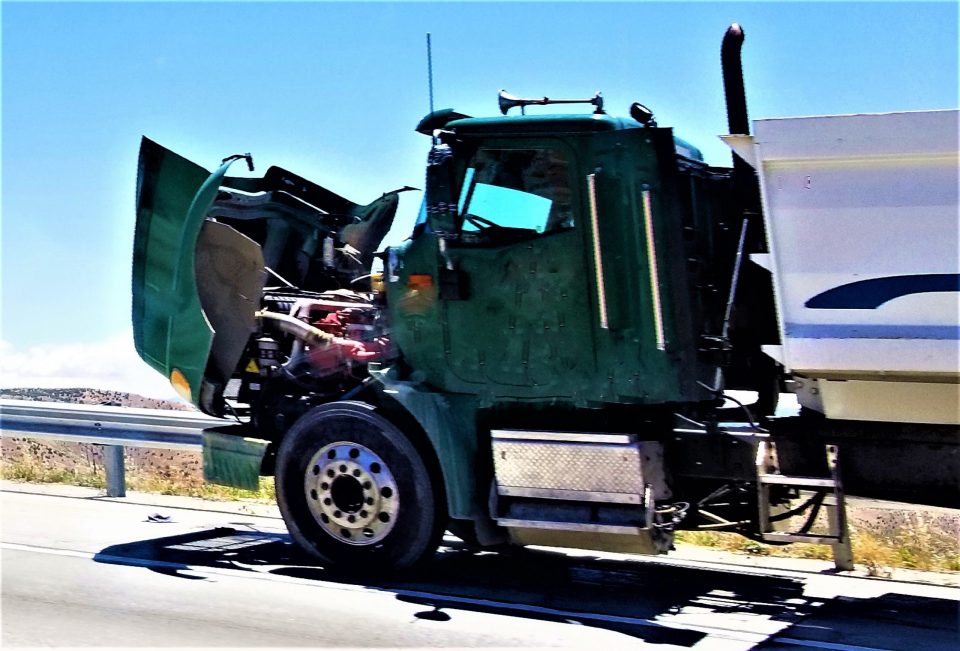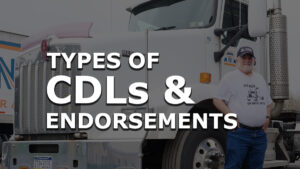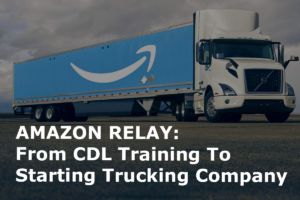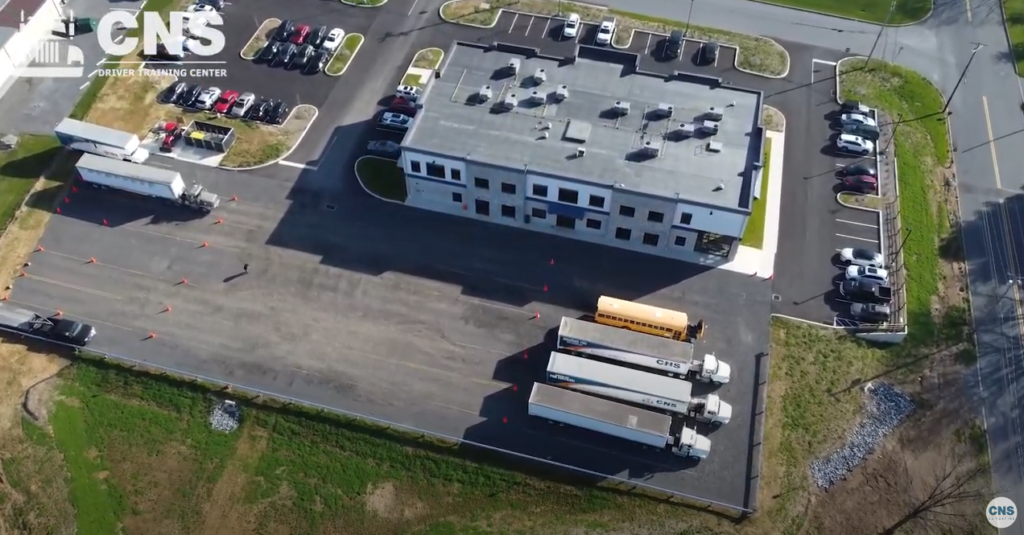As a truck driver, chances are you will face a vehicle breakdown, and nothing can be more frustrating and hazardous than being stuck on the side of the road.
In an emergency, you may have no choice but to stop in a dangerous place, which is why every truck driver needs to know what to do when dealing with a vehicle breakdown.
We will quickly cover the three most common causes of a vehicle breakdown, how to prevent them, and what steps a driver should take when dealing with a vehicle breakdown.
Thorough daily inspections will reduce the chance of having a breakdown
The most important factor to reduce vehicle maintenance issues is conducting thorough pre-trip, post-trip, and on-route vehicle inspections on your truck and trailer.
Vehicle breakdowns can range from complications with tires, batteries, air leaks, running out of fuel, brakes, filters and additives, hoses, starters, alternators, lights, belts, sensors, and more.
The three of the most common issues are caused by tires, batteries, and brakes.
Tires
In the summer, you can expect most tire failures during the hottest time of day. If a tire is worn or compromised, hot roads will accelerate its wear and lead to failure.
A leading cause for tire blowouts is road hazards and underinflated tires are more prone to penetration. Unfortunately, a tire blowout can cause secondary damage that may increase repair costs and downtime.
In high heat, checking your tire pressure and wear during pre-trip inspections is critical. Remember, tires are designed to be porous and will lose about three pounds of air pressure each month.
During your daily inspections, be sure to check tire pressure, tread depth, and look for any worn sidewalls or objects in the tires.
Batteries
Truck batteries face different problems during the summer and winter months. In the summer, the heat can kill batteries 33% faster than in colder temperatures. In the winter, jumpstarts increase by almost 50%.
To minimize the need of jumpstarts, make sure that everything in the truck in turned off. Leaving your lights on or refrigerator plugged in can lead to unnecessary problems.
If a high draw on the battery happened recently, be sure to let the truck run for several minutes to let the alternator charge the batteries.
If the truck has been sitting for a few days, part way through the layoff be sure to start the truck and let it run for a while to keep the batteries charged.
Brakes
Brake violations and often the most frequent violation in roadside inspections. To prevent a vehicle breakdown due to brakes, regularly check the brake adjustment with the slack adjuster.
During your daily inspections, check to make sure brake chamber air lines are secure, able to flex, not leaking, free of mechanical damage and the seals on the glad hands and trailer side are in good condition.
What to do when a breakdown occurs
Eventually, all truck drivers will face a breakdown and must pull over on the side of the road. Below are 10 steps on what to do when a vehicle breakdown occurs.
- When pulling off the road, go for the widest part of the road you can find or pull over on an offramp versus the shoulder of a highway.
- When pulling over, turn on the flashers, and watch your mirrors to monitor the traffic behind you.
- Ease off the road slowly versus a hard turn to the side of the road.
- Once parked as far off the road as possible, exit the side of the cab away from road traffic, set up your flares and/or orange triangles behind the truck at 50 feet, 100 feet, and 150 feet, and put on a high-visibility vest if you have one.
- If pulled over on a hill, be sure to chock the wheels.
- Open the hood of your truck to indicate that you are broken down and will not be moving anytime soon.
- Determine what caused the problem and whether you need roadside assistance or you can limp to the nearest repair facility.
- If you have a dispatcher, call them to explain your situation so they can inform the customer that your load may be delayed, and see if there is a mechanic in the shop that can advise you on what to do next.
- Contact your truck insurance carrier for roadside assistance, if covered.
- No matter what, stay alert when pulled over on the shoulder of a road and remain in the vehicle as much as possible if waiting for roadside assistance.
Do you have questions about our CDL training packages? Give us a call at 717-496-9145 or email us at support@cnstrains.com.






